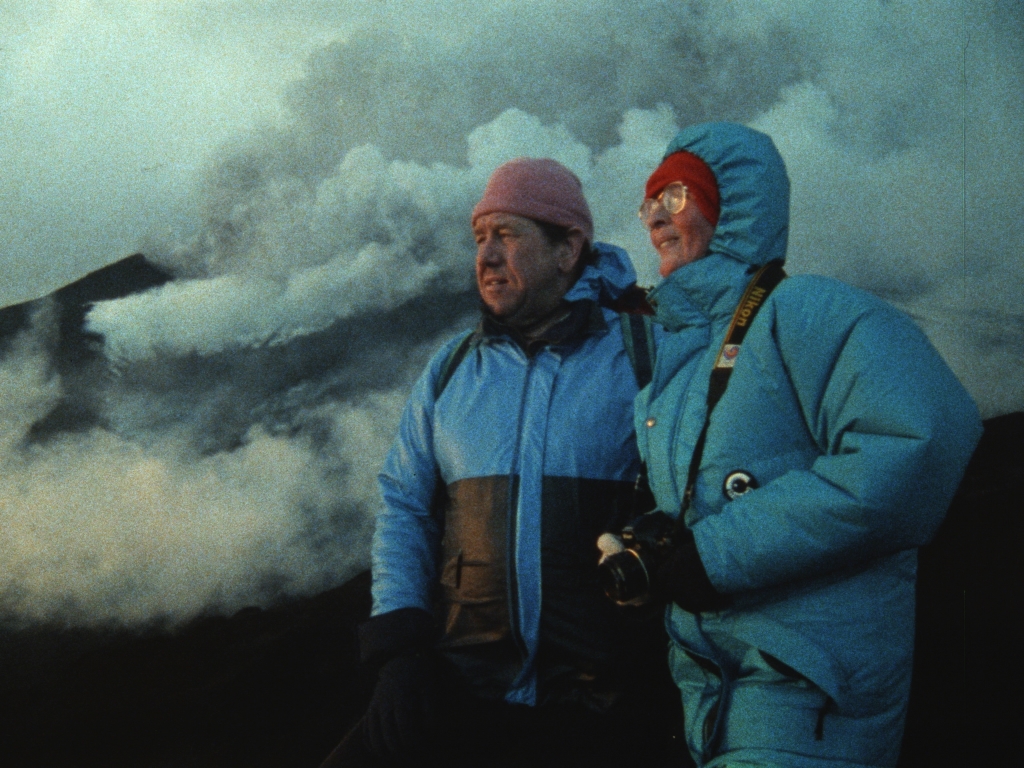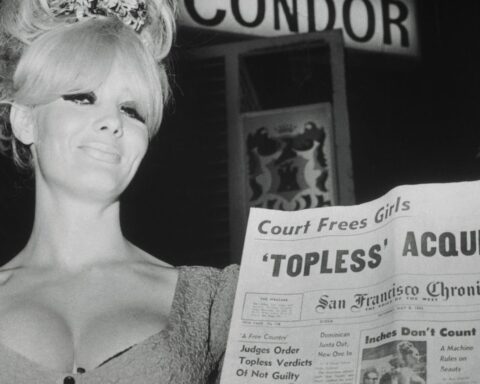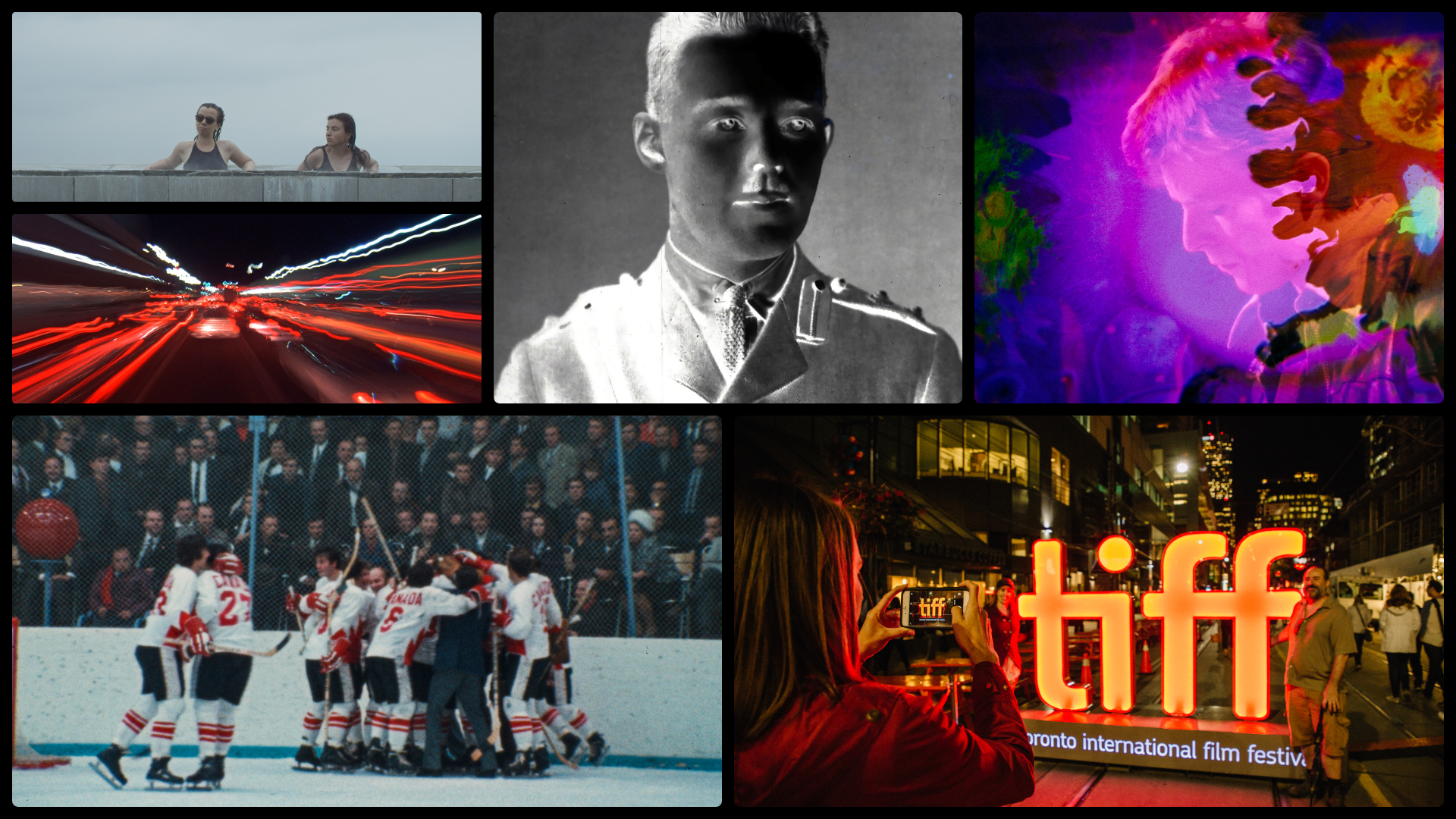Earth. Air. Fire. Water. These four elements have fascinated us in foundational ways since antiquity, forming the basis of how we see the world and shape our stories. In the ancient world, these elemental divisions led to the most compelling tales. These were the stories about people who flew too close to the fire, built arks to stave off apocalyptic floods, or visited an infernal underworld and survived to tell the tale. They gave rise to narratives that provided moral or theological resonance or were memorable, visceral pieces of amusement.
Modern documentaries are enmeshed in these elemental aspects of storytelling. After the early cinema “actualities” where quotidian behaviours were a novelty—trains entering a station or workers leaving a factory—the non-fiction art form added dazzle, taking viewers to what were considered the extremes of experience where few would travel.
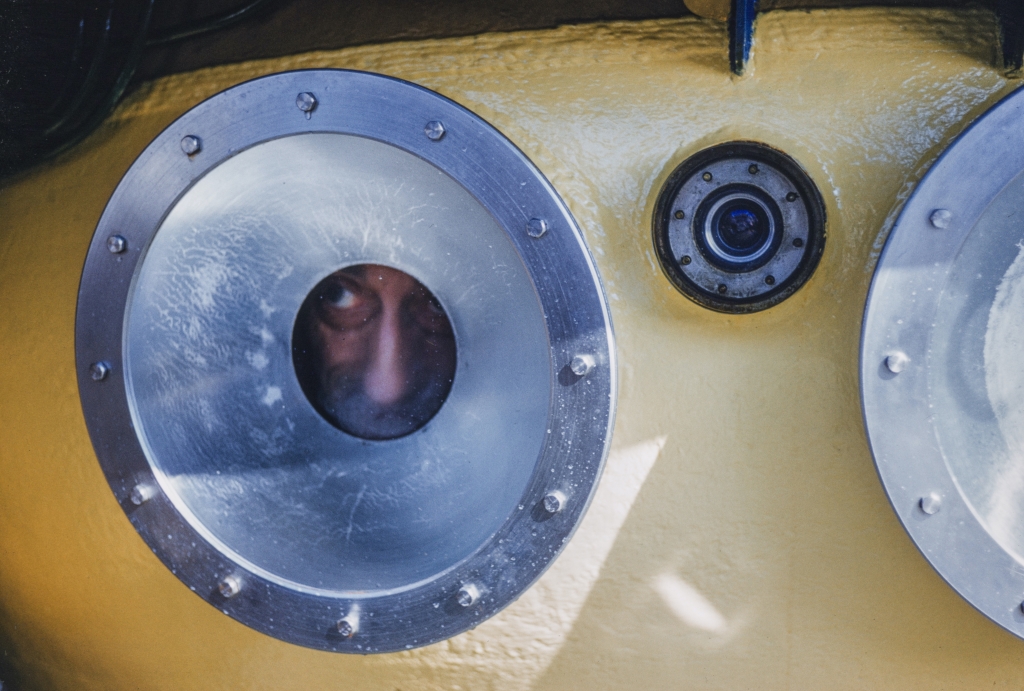
Robert Flaherty’s Nanook of the North (1922), the first popular documentary feature, controversial for many aesthetic and moral reasons, saw much of its power and popular success derive from audiences revelling in the human capacity to survive and even thrive in conditions that many would believe to be inherently deadly.
Today, Nanook provides not only insight into the birth of the modern documentary with all its complications regarding recreation, staging, and directorial manipulation, it also helps define the form, where non-fiction serves as exoticized travelogue, adventure story, and anthropological investigation, all wrapped in a piece of art that lets the audience live vicariously through what’s reflected on the screen.
Over the last few years, we’ve seen a number of exceptional docs that have focused on these elemental extremes through the eyes of people who spent their lives documenting their experiences. These films share a meta, “documentary-about-documentarians” form, which allows extensive archival material to speak for both the subjects and their work. These portraits of people who embrace the extremes of elemental experience help advance our understanding of the world both scientifically and cinematically.
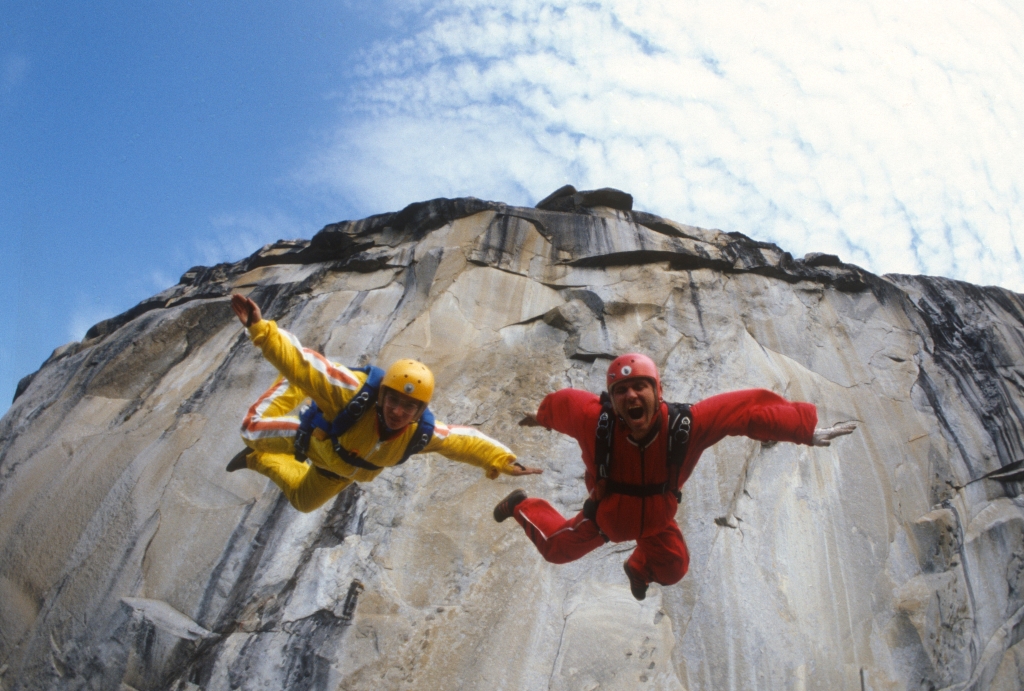
Air: Falling with Purpose
Marah Strauch’s 2014 film Sunshine Superman showcases the life of Carl Boenish, the pioneering parachutist who along with a small group of like-minded adventurers, including his wife Jean, created the sport of BASE jumping. The acronym denotes the heights from which one leaps— Buildings, Antennas, Spans (bridges, etc.), and Earth (cliffs and the like).
As captured in interviews and footage, much of which he shot himself with a 16mm camera affixed to his helmet, Boenish embodies the character who often centres these stories. Whether its him shooting footage for John Frankenheimer’s The Gypsy Moths (1969), or cobbling a ladder out of metal to dangle over a cliff to capture the moment of a parachutist’s lift-off, there’s a heady mix of charisma, charm, and bravery that’s common to the films he worked on.
While clearly driven, Boenish was also somewhat manic. He strongly believed that the status quo was to be upended, and tightrope-walked between “human laws” and the immutable laws of nature. If something was possible, like leaping from a cliff in a protected natural park or from an under-construction skyscraper, then he believed that no institution should be restrictive of that act.
It’s easy to see how the adrenaline rush of his obsessive work overwhelms full consideration of Boenish’s life and career. Strauch counterpoints grainy, colourful imagery with slightly dark and sombre contemporary interviews, reflecting upon the era of the late 1970s/early ’80s when his nascent activities were taking place. There are hints at Boenish’s more erratic decisions, but even his final fatal jump in the Norwegian mountains is recounted with a delicacy that feels weirdly cautious. The film introduces a wild world, then simply expects the wonder of it all to do the heavy lifting.
For context, one should look at two other films that tell similarly wild tales. The first is Free Solo (2018), the Oscar-winning look at Alex Honnold, an adventurer who made a name for himself on Yellowstone’s granite El Capitan cliff face. Elizabeth Chai Vasarhelyi and Jimmy Chin captured Honnold’s record-breaking attempt in fabulous fashion. As a simple matter of making one feel the adrenaline rush of the activity, it’s peerless. Yet the film is more than simply another climbing clip show. Honnold’s unique personality and the complicated-yet-charming connection he has with his partner most clearly echo Sunshine Superman’s narrative.
Where Sunshine leaves key questions unanswered about Boenish’s foolish, if not suicidal, last jump, Free Solo is far more profound in its exmination of its protagonist’s drives, foibles, and fears. The richness of the characterization against the imposing, elemental forces at play provides the film with much of its power.
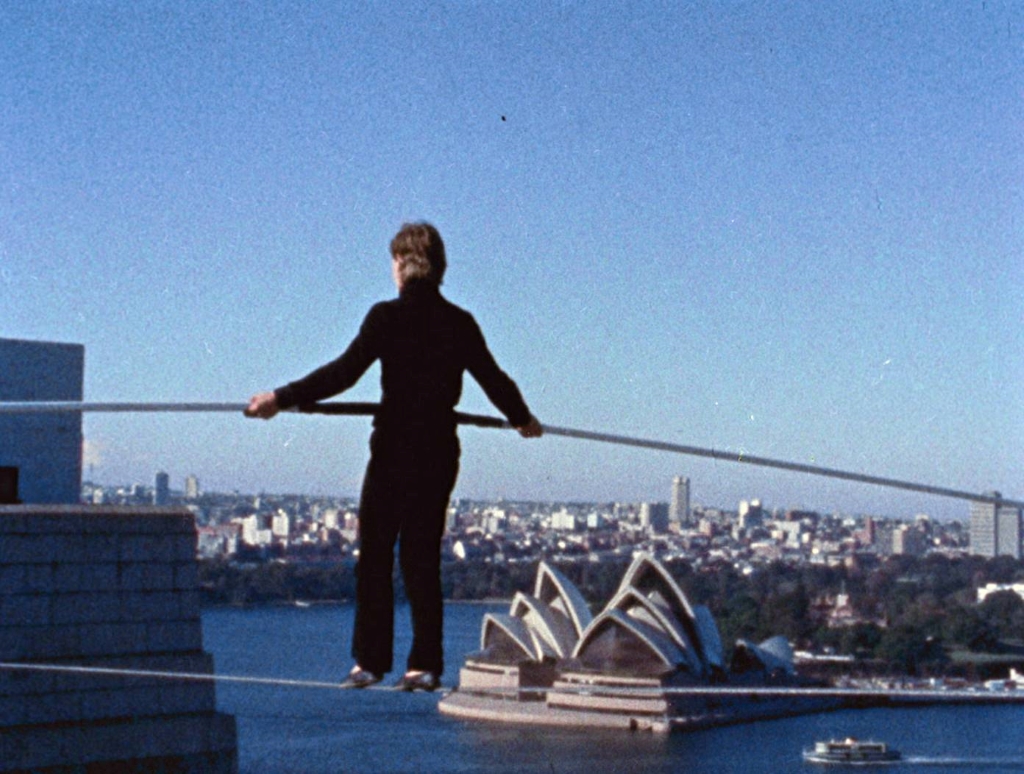
Similarly, James Marsh’s 2008 Oscar-winner Man on Wire presents a fascinating, iconoclastic character. It provides context for Philippe Petit’s 1974 feat of walking between the Twin Towers of New York’s World Trade Center. This is a film full of adventure, using contemporaneous footage to relive the event. Like in Sunshine, we see people breaking into buildings, evading security, and filming their escapades, just as Boenish and his friends would be doing later in the ’70s. There is, of course, another, more sombre connection to those skyscrapers, with similar images of people leaping off in their final moments without the benefit of the equipment to which Boenish had access. When Boenish describes the rush of the windows going by, the haunting visions of those falling individuals on 9/11 immediately comes to mind. For all of Boenish’s bravado, he had to go out of his way with a series of terrible decisions to stretch the limits and defy his own safety procedures. Given the generally high success rate of parachuting even at low altitudes thanks to modern equipment, Petit’s high-wire act feels not only more death-defying from a purely visceral point of view, it has the added frisson due to the fact that Petit lived to tell his story, while the buildings that provided a canvas for his adventure would be destroyed before the world’s eyes decades later. When crowds gathered in lower Manhattan to watch the Frenchman navigate a fine wire suspended hundreds of feet in the air, who could have predicted it would be at the beginning of the next century that the buildings themselves would be the ones to fall?
Each of these films offers a charismatic yet occasionally gormless character suspending himself precariously and defying gravity. With Honnold and Petit, one may sense that their diligence and drive are not contradictory, while the slightly romanticized end to Boenish’s life evokes the folly of a man believing his own hype until it literally kills him.
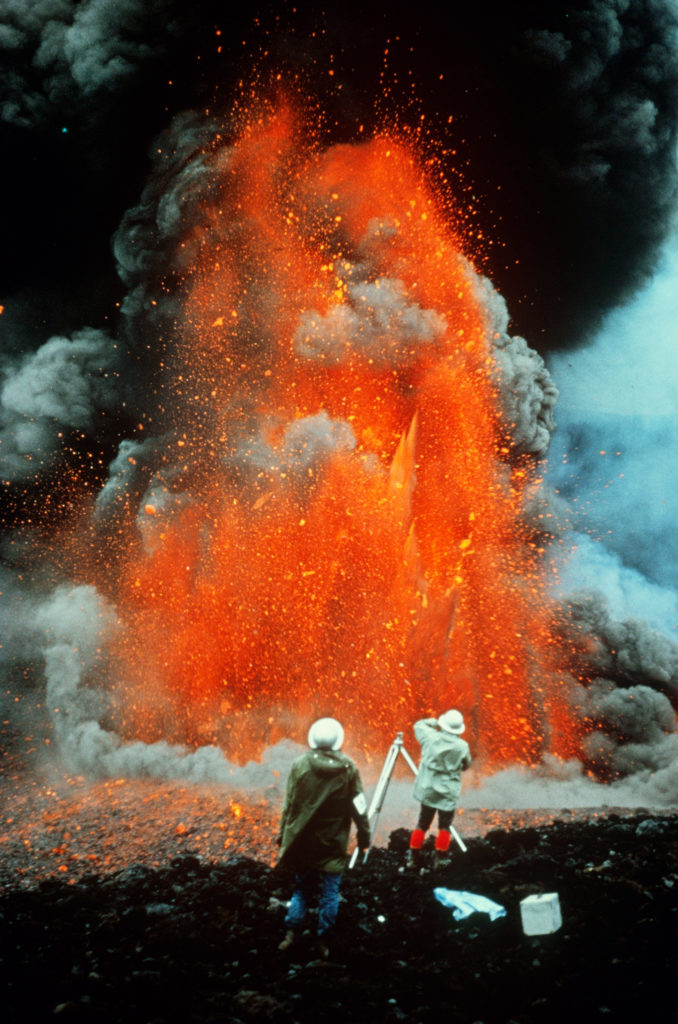
Fire: Bringing the Heat
If Boenish’s downfall was the stuff of Greek mythology that warned against tempting the gods, the end for volcanologists Katia and Maurice Krafft feels more due to the vagaries of the dispassionate elements of nature. Like Sunshine Superman, Sara Dosa’s Fire of Love (2022), produced by Canadian Ina Fichman and American Shane Boris, tells a love story between two seemingly opposite individuals who formed a deep bond to help spread the word about their favourite subject: volcanoes. And like the Boenishes, the Kraffts were committed to documenting their adventures and using the spectacular footage to both educate and entertain. The couple travelled the world to capture spectacular footage of eruptions, pyroclastic flows, and the aftermath of tectonic activity.
While Boenish and Honnold’s adventures were the stuff of sport, and Petit’s the stuff of grand whimsy and athleticism, the Kraffts put themselves into harm’s way not simply for the vicarious thrill of it, but for the equally intoxicating pursuit of knowledge. Whether or not there’s a purity in putting oneself in harm’s way for the sake of sport versus science is debatable; it questions whether humanity has learned to engage with the elemental forces of nature. Even when the thrill is secondary to the fundamental quest for understanding, the scope and danger of these natural elements can still prove to be deadly.
Dosa’s film employs the glorious footage captured by the Kraffts to convey the visceral thrill that fuelled them, but also to help one understand what drove them to these far-flung environments, as well as to recognise the very mechanisms that caused these aesthetically astonishing displays. Just as there is an irrational-yet-palpable romanticism behind sending humans to space instead of robotic probes, there’s enormous power in imagery captured by individuals rather than from a helicopter or a drone’s remote camera. We respond as viewers not only to the astonishingly beautiful images captured, but to the humanity of those behind the lens: It’s a particularly powerful, intoxicating ingredient of such spectacles.
Yet Dosa never allows us to forget that these two daredevils were not always driven by reason, taking risks that eventually caught up to them. The dream of riding the lava flow on a metal canoe never transpired. It was inevitable that their risk-taking would result in a tragic ending. Unlike Boenish, who comes across as entirely reckless in his final moments, the Kraffts’ legacy feels unsullied by what transpired to finally catch them out, offering a level of romanticism to their finale, while acknowledging the danger of charging into the unknown.
The terrifying majesty of volcanoes and the existential indifference of the natural world is captured in another recent film, Werner Herzog’s Into the Inferno (2016). Herzog’s acerbic air contrasts beautifully with Dosa’s film, providing a pathway into our desire to touch the elemental flame while surviving to tell the tale. The Kraffts managed to both romanticize their volcanic subjects while pursuing the knowledge that could prevent further human tragedy from the cataclysmic events. Myriad contradictions make them compelling subjects, different in temperament, varied in attitude and response, but gifted at telling stories of fire and flame like few other filmmakers.
Water: Fathoming the Deep
If there was one adventurer who dominated my childhood, it was Jacques- Yves Cousteau. More than a mere aquatic explorer, he changed the way we engage with an element covering 70% the planet’s surface. As an avid scuba diver, I live with the results of his accomplishments every time I slip under the waves to enter what appears to be another world, feeling almost superhuman when drifting with neutral buoyancy.
Liz Garbus’ Becoming Cousteau (2021) does a sterling job of showing the various sides of this man. From his pioneering work in undersea exploration through to his tumultuous and very French personal life, Garbus’s film demystifies the public figure while elevating the beauty of his cinematic output, which includes the Oscar and Palme d’Or-winning Le monde du silence (1956) co-directed by Louis Malle. Here again we have a pioneering explorer who used the cinema to capture his adventures and, in turn, to fund future scientific research.
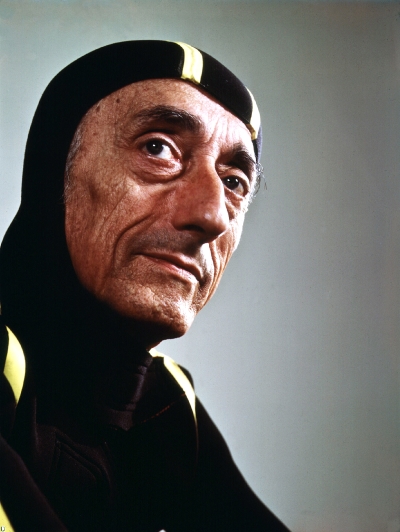
Garbus traces Cousteau’s tale from the World War II years through to his experiments with submersible equipment, right to his voyages on the Calypso, his vessel with a mythological name that became nearly as iconic as the man himself. Any fan of Wes Anderson’s delirious The Life Aquatic (2004) can easily spot the twee parallels to the footage and the inherent self-seriousness of Cousteau’s cinematic output, but his advocacy for the health of the oceans took on a more straightforward manner in his later years.
Beyond the personal, there is a real sense that Cousteau could bring his viewers into a unique space, fulfilling ancient desires to explore the fathoms below and performing scientifically robust acts underwater that generations before would have been considered witchcraft or the acts of gods.
Of all the elements, there’s a fundamental connection to water, evident by the percentage of salt flowing through our bodies matching the oceans from whence we evolved. We may return to dust when we die, but it is our “precious bodily fluids,” to borrow from an unhinged Brigadier General Jack D. Ripper in Kubrick’s brilliant Dr. Strangelove (1964), that defines us as alive.
With Cousteau’s copious footage, curated beautifully by Garbus and her team, we bear witness to environments that few would be able to explore, yet which have deep and abiding connections to that go back to the beginning of time. Cousteau’s cinematic and physical journeys allow us to swim in harmony with creatures beyond imagination, and to find in the oceans an entire universe to explore.
Earth: Digging in the Dirt
Jane Goodall exudes such kindness and brilliance that it would be easy enough for the film that bears her name to simply bask in her glow. In Jane (2017), Brett Morgen cuts through the mythology surrounding her character, showing a deeply human story going far beyond the caricature of the ape-loving scientist. As with all the other “elemental” films discussed in this piece, Morgen was given access to an enormous archive of footage, using it as the basis to structure his subject’s story. In this case, it’s a motherlode of hundreds of hours shot by Goodall’s former husband, Hugo van Lawick, who managed to capture not only the extraordinary connection between Jane and her wild companions, but did so through the smitten gaze of a man capturing images of his future wife. With these astonishing images, we’re treated to unvarnished looks at a truly iconic figure as she spends time in the jungle with her simian companions.
Through Goodall’s journey, we are drawn into her world, one where our environment and the creatures that inhabit it are inexorably linked. We witness mistakes being made, revelations discovered, and fundamental aspects of our relationship with our animal cousins detailed in sublime ways. A particularly open and honest reflection by Goodall of her relationships with simians further cements the power of this journey, illustrating both the power of her message and her ability to learn from what came before.
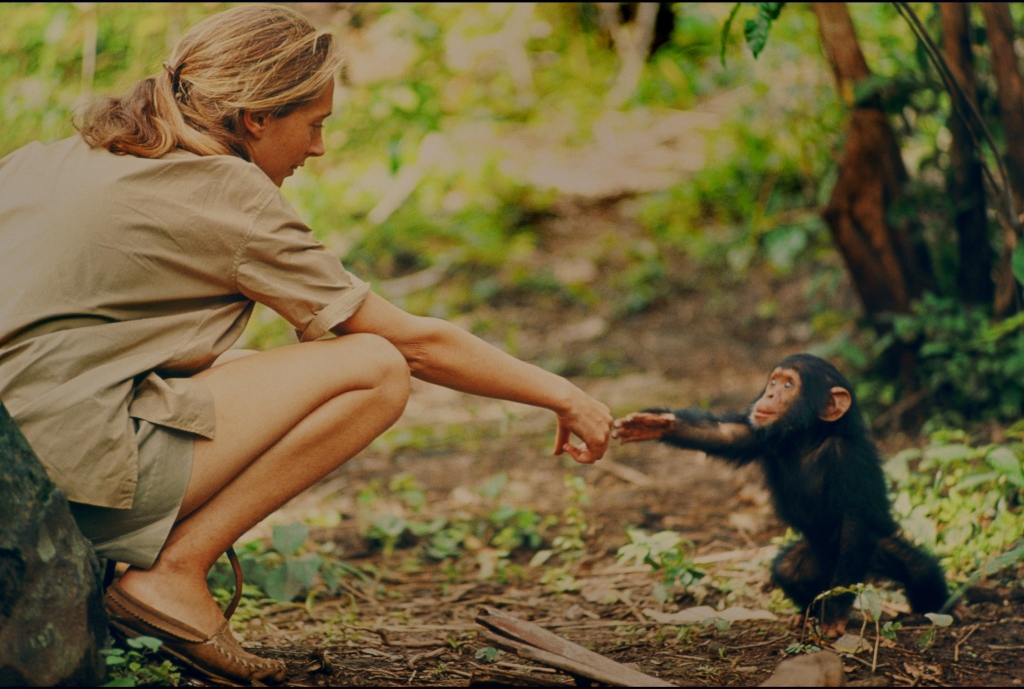
Morgen had previously crafted exceptional portraits of mercurial subjects such as Kurt Cobain, Robert Evans, and even O.J. Simpson, and his near symphonic use of archival footage—mixing the brash with the subtle—illustrates how effectively montage mixed with voiceover can engage with a subject as nuanced as Goodall.
With Jane, he does this deftly, elevating the work and struggles of his subject without glamourizing her position or dramatizing her challenges. Thanks to the evocative Philip Glass score, the mood is one of discovery and contemplation, a rich portrait of a genuinely revolutionary character who, over decades, helped change the way we think of our closest animal cousins.
Whether in the jungles of Africa or the boardroom of her charitable organization, Goodall’s spirit seems one of both confidence and childlike wonder, genuinely believing in the goodness of people even as she witnesses the natural inclination of her chimpanzee companions to turn to violence and territorial disagreement. Her open-eyed optimism shows a belief in our capacity to do better, to circumvent the worst parts of our nature, and to embrace our connection to the places on land that gave rise to us as a species. Far from a romanticized view, it’s one born out of empathy, witnessing the shared emotional elements in creatures that at first glance are merely beasts in the jungle.
By illuminating the world of chimps, Goodall tells us more about ourselves as a species. Focussing on Goodall’s story, Morgen shows what the best of us can accomplish given the opportunity, the tenacity, and the temerity to change preconceived notions.
“Elemental, my dear…”
Sunshine Superman, Fire of Love, Becoming Cousteau, and Jane: four archival docs about pioneering individuals who used film to tell their stories to the world; four films that show the limits of human experience, but also our shared connections to their passion for the wonders of the world we inhabit. Each documentary explores a different facet of the drive to explore the limits of experience, whether it is through earth, fire, water, or air. Perhaps it is our shared humanity that is the most elemental aspect of all of these films.




